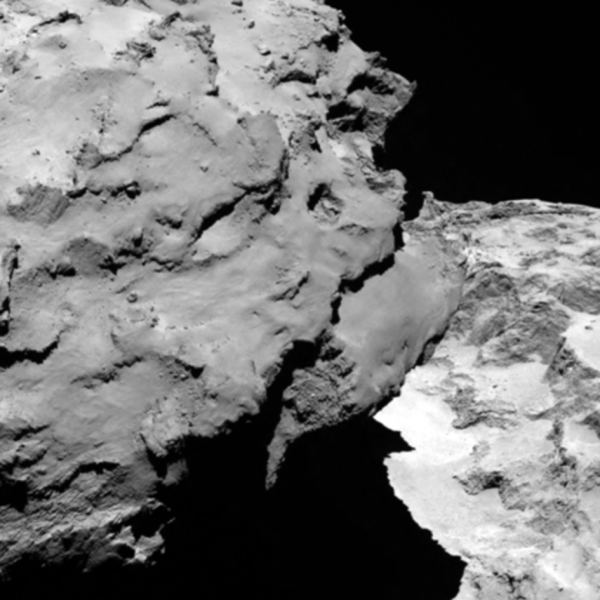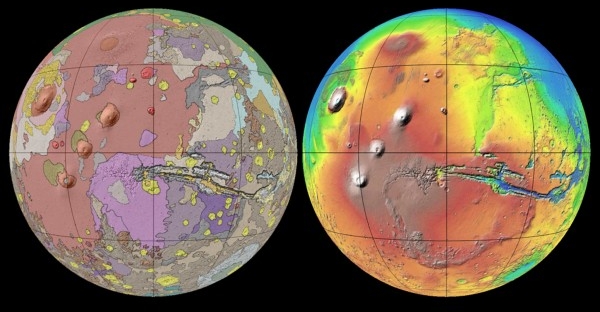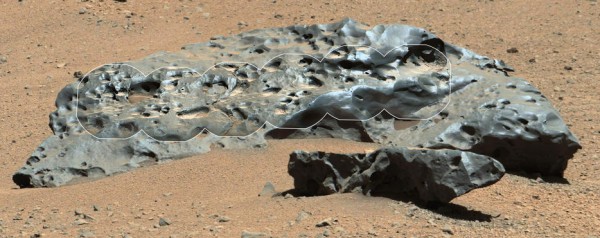Snowcaps of metal on Venus?
A new look at old data of Venus has added weight to the theory that the planet’s higher elevations are coated with a frost of heavy metals.
The research not only confirmed a radar brightening at higher altitudes, thus suggesting a frost coating of some kind, it also showed many dark spots whose cause remains completely unknown. As the article notes,
Years ago it was proposed that some sort of ferro-electric compound might be the cause of the brightening and the dark spots, but so far no specific compound has been identified which does the trick. Then again, with the surface of Venus being at almost 900 °F (500 °C) under more than 90 times the air pressure of Earth’s atmosphere at sea level, with occasional showers of acid, it’s not easy to test the properties of materials under Venusian conditions. “No one knows what explains the sudden darkness,” said Harrington, who will be presenting the work at the meeting of the Geological Society of America in Vancouver, B.C., on Monday, Oct. 20.
A new look at old data of Venus has added weight to the theory that the planet’s higher elevations are coated with a frost of heavy metals.
The research not only confirmed a radar brightening at higher altitudes, thus suggesting a frost coating of some kind, it also showed many dark spots whose cause remains completely unknown. As the article notes,
Years ago it was proposed that some sort of ferro-electric compound might be the cause of the brightening and the dark spots, but so far no specific compound has been identified which does the trick. Then again, with the surface of Venus being at almost 900 °F (500 °C) under more than 90 times the air pressure of Earth’s atmosphere at sea level, with occasional showers of acid, it’s not easy to test the properties of materials under Venusian conditions. “No one knows what explains the sudden darkness,” said Harrington, who will be presenting the work at the meeting of the Geological Society of America in Vancouver, B.C., on Monday, Oct. 20.



